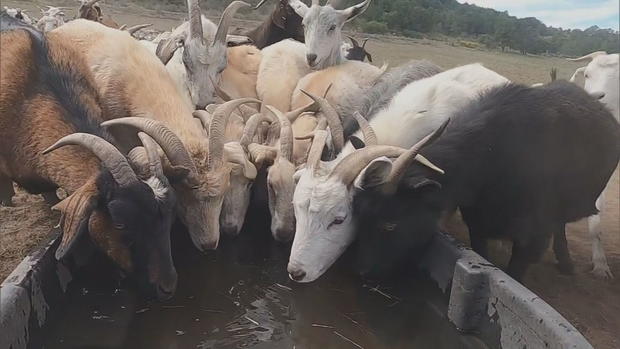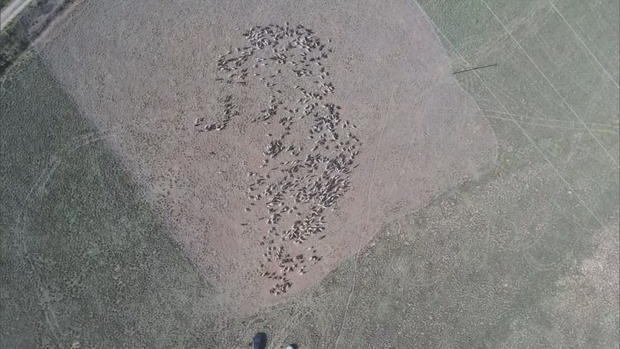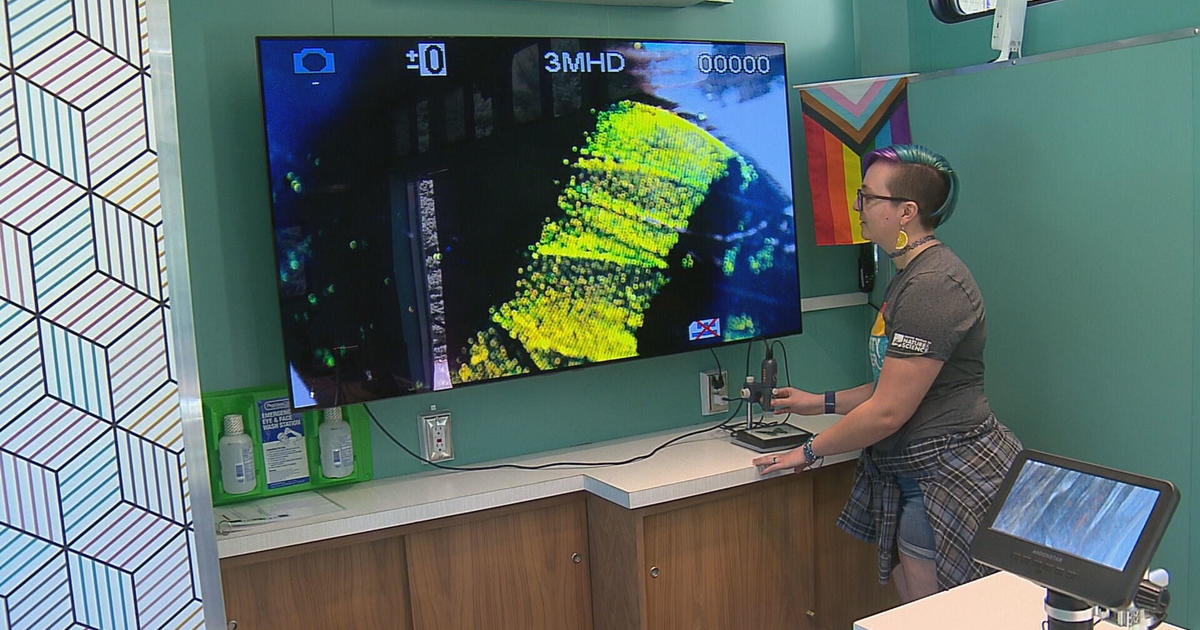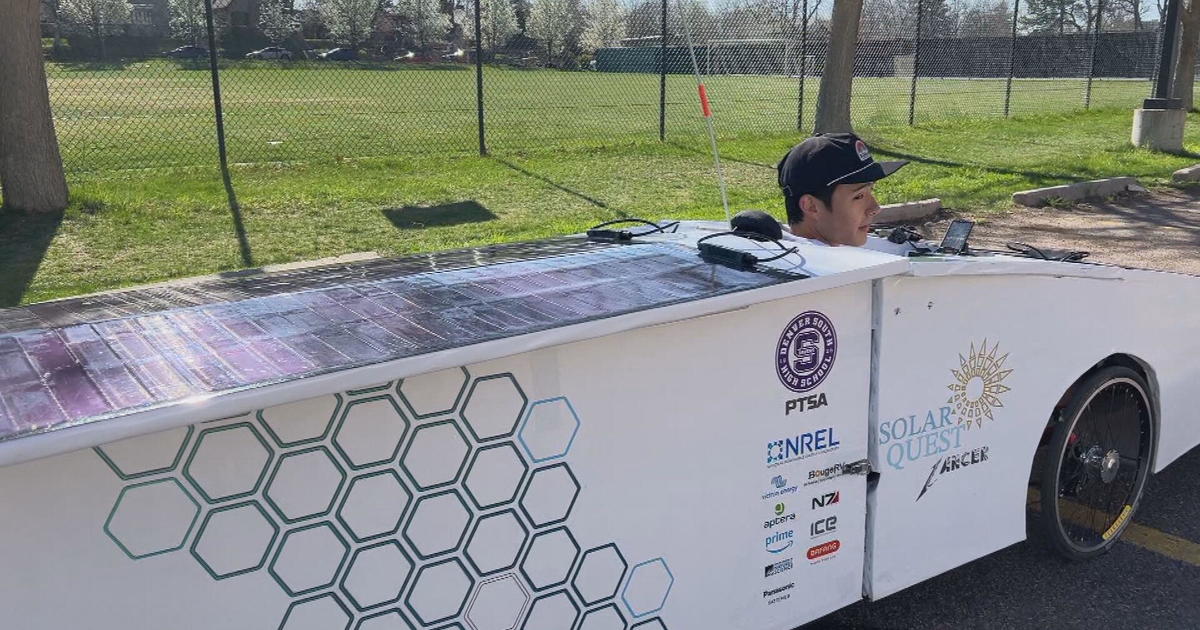Goats Do More Than Eat Noxious Weeds, They Till And Fertilize Soil, Too
CARBONDALE, Colo. (CBS4) - The eating habits of the browsing goat have been used for decades as an alternative way to remove noxious weeds but recently, the Bureau of Land Management has been using their skills for purposes beyond eating. The goats will be used to till soil and create room for new, important vegetation to grow.
"The hoof action is very important, so they're trampling…" said Lani Malmberg, herder.
Malmberg has been using goats to help restore land (both public and private) for 26 years and was contracted by the BLM last spring the unique project north of Glenwood Springs on Sutey Ranch.
The ranch was acquired by the BLM for management in 2017 and in addition to a new single-track bike trail, the agency is trying to restore the vegetation for mule deer and elk population that winter in the area.
"It hasn't been public land for very long and there are so many opportunities to improve conditions for wildlife here," said Hilary Boyd with the BLM's Colorado River Valley Field Office.
Once prime for livestock, Boyd has worked hard to find ways to give it back to wildlife. She's cleared over four miles of fencing with help from volunteers and discovered the goats were the best way to grow back more natural vegetation.
"The smooth broom and crested wheatgrass… they have a lot of forage value for livestock but they have fair to good value for mule deer and elk," she continued, "there are many other kinds of plants that's we'd like to see growing here that would be a lot more nutritious for wildlife."
Recently, the area was seeded, and Malmberg brought her team of goats.
"We selected seeds that we think are going to have the best chance of competing with these really aggressive grasses, they're plants that are nitrogen fixers, we'll have flowers for pollinators, and are very nutritious for deer and elk and other wildlife," said Boyd.
On Thursday nearly 800 got to work tilling the soil and eating the old grass. In the process, they do much more.
"You can see this is the fertilizer which is pure organic fertilizer, but those nutrients are being put back into the soil and released for the next plants that we want to grow," Malmberg said pointing to the small pellets of poo left behind.
The goats are also advanced irrigation systems… they drink water, each dropping over a pint of nitrogen-infused urine across the landscape.
And when they stomp around?
"They're incorporating all the fertilizer and the irrigation and the seed that Hilary put out. Putting it all into the soil as we're trying to transform this production agriculture," said Malmberg."
The BLM knows the process will take years but plans to monitor it to see how the plants and soil change over time. It also has a citizens science time-lapse photography project it hopes visitors will get involved with.
"I think what's gonna happen is if we can be patient for a few years is we're gonna start rebuilding the soils and we're gonna start seeing more and more nutritious plants moving in and starting to compete with these grasses," said Boyd.






